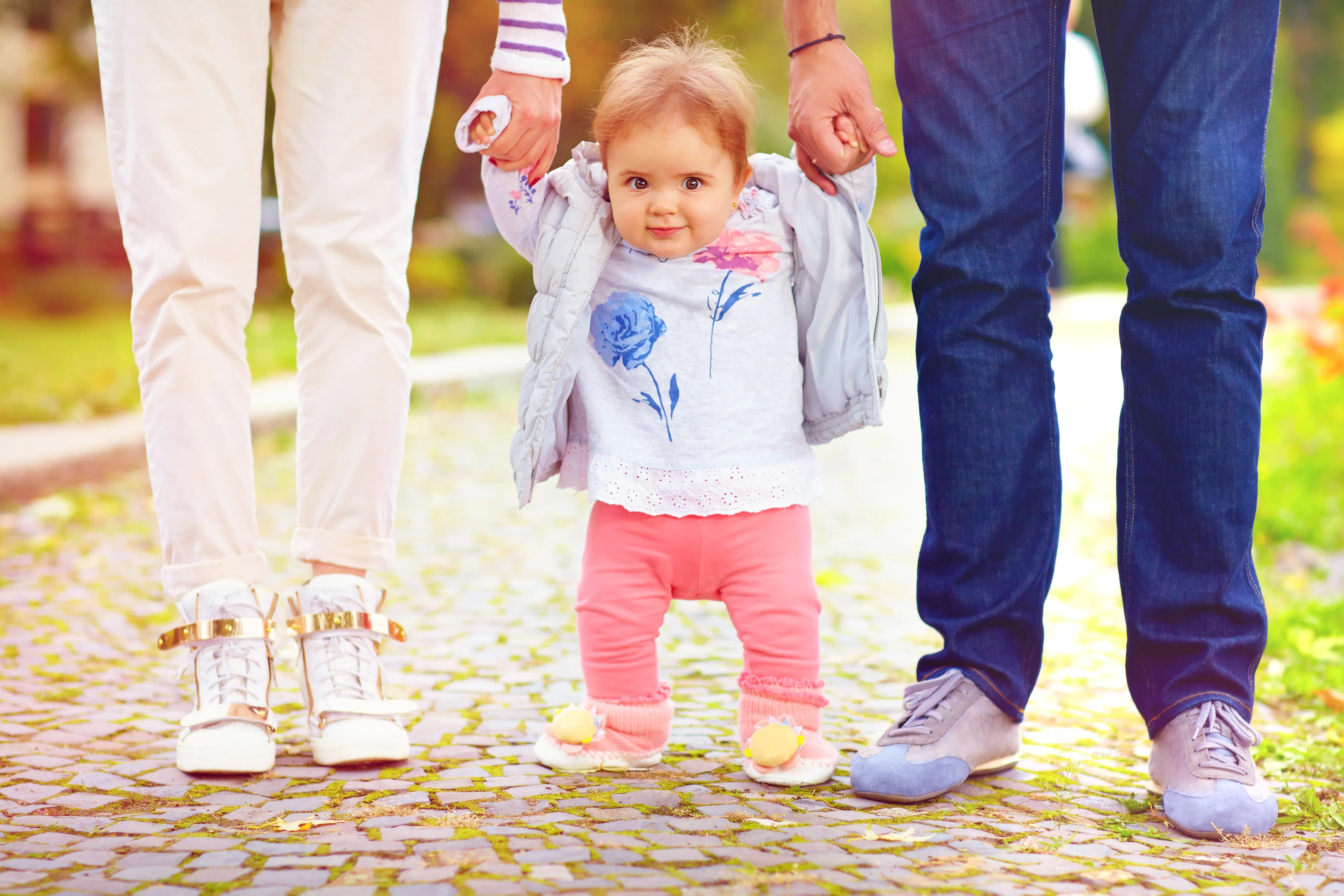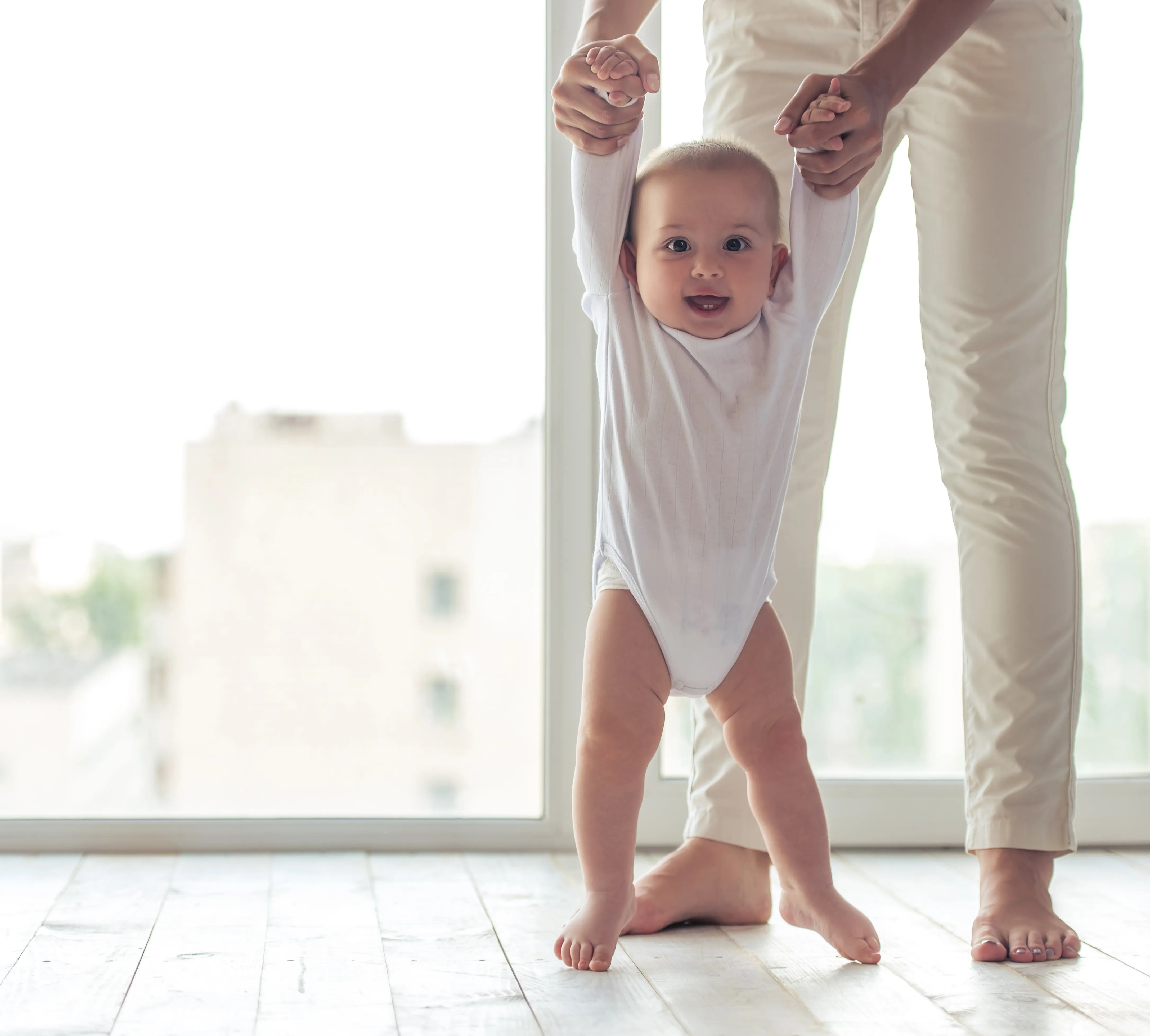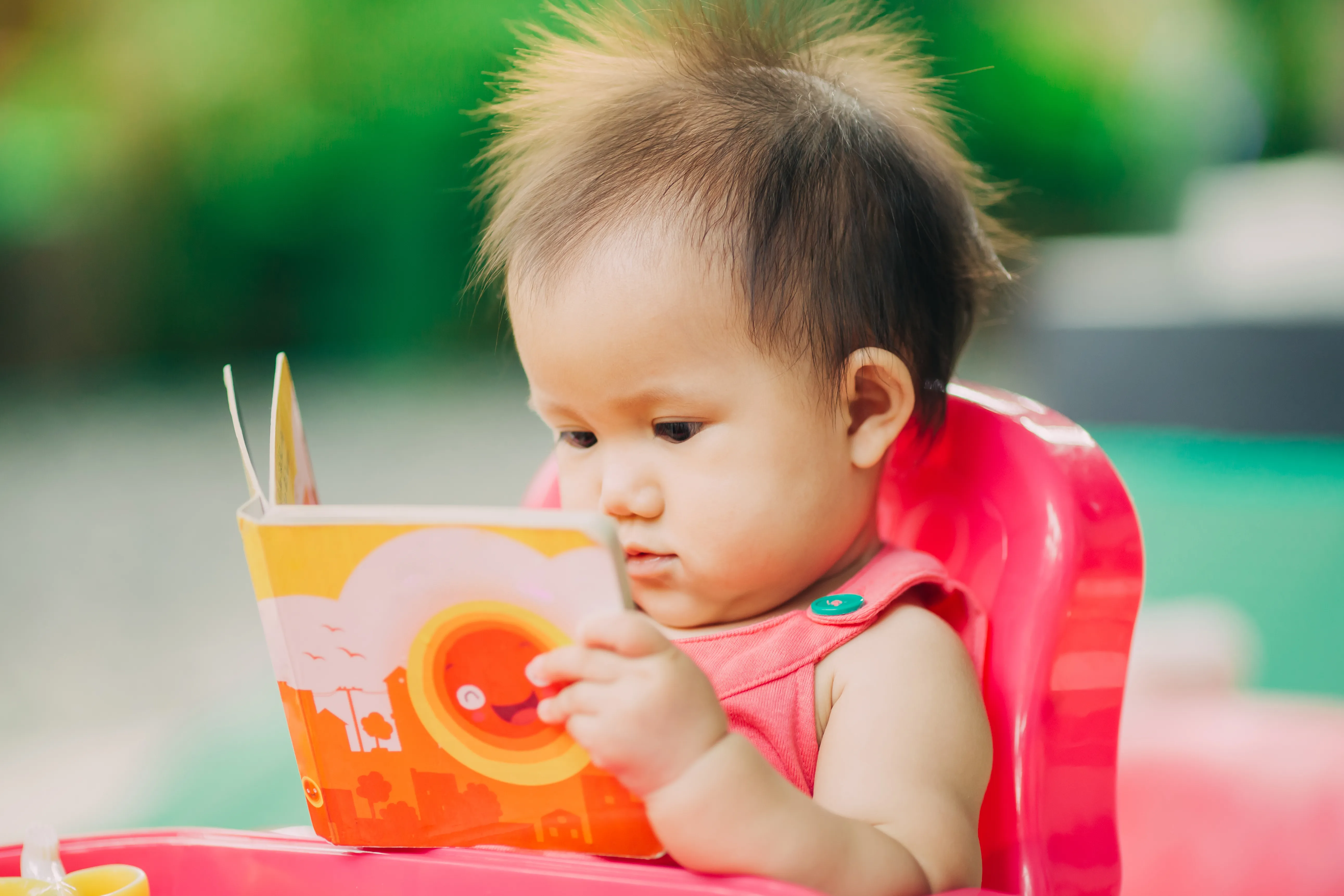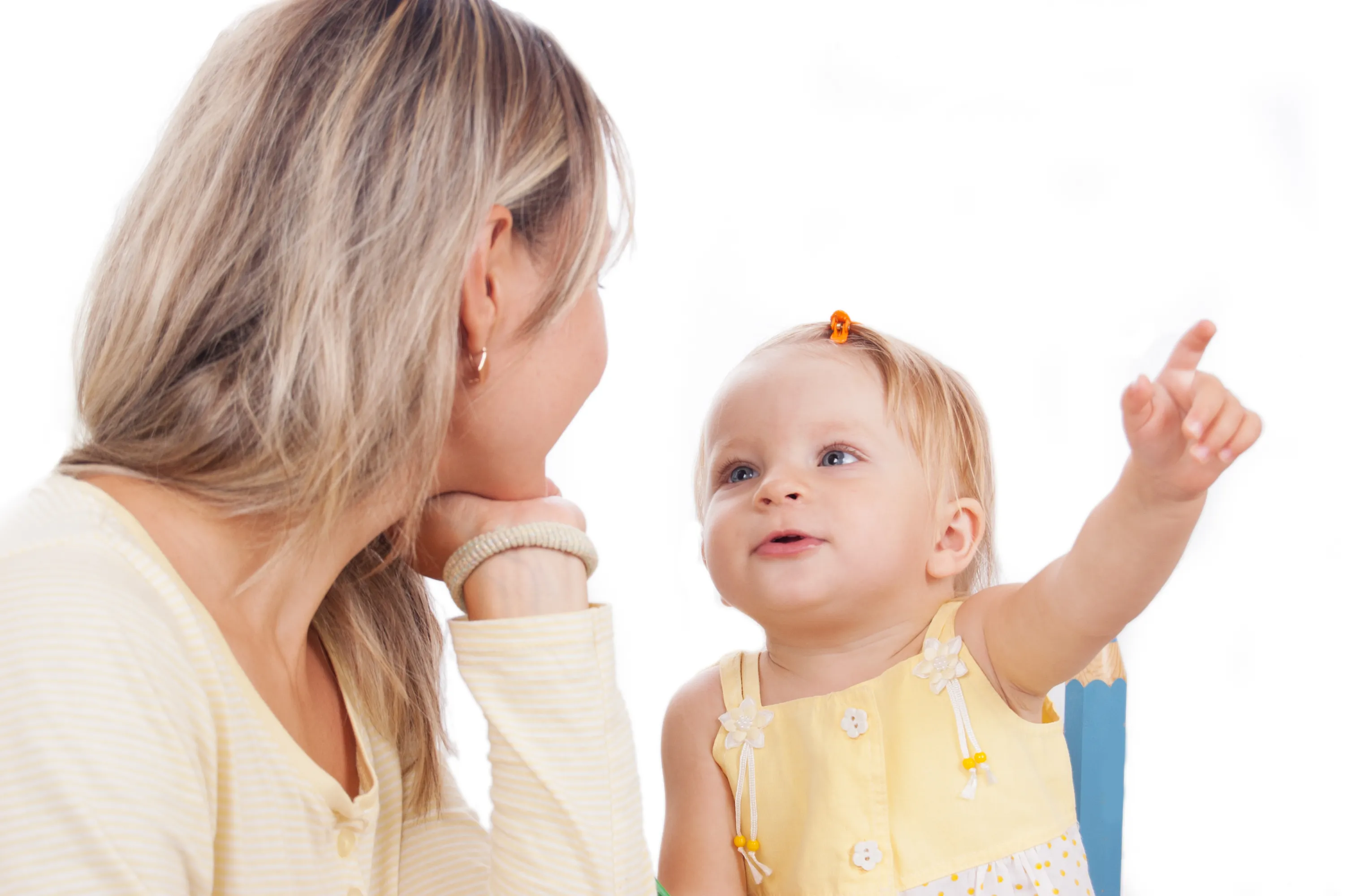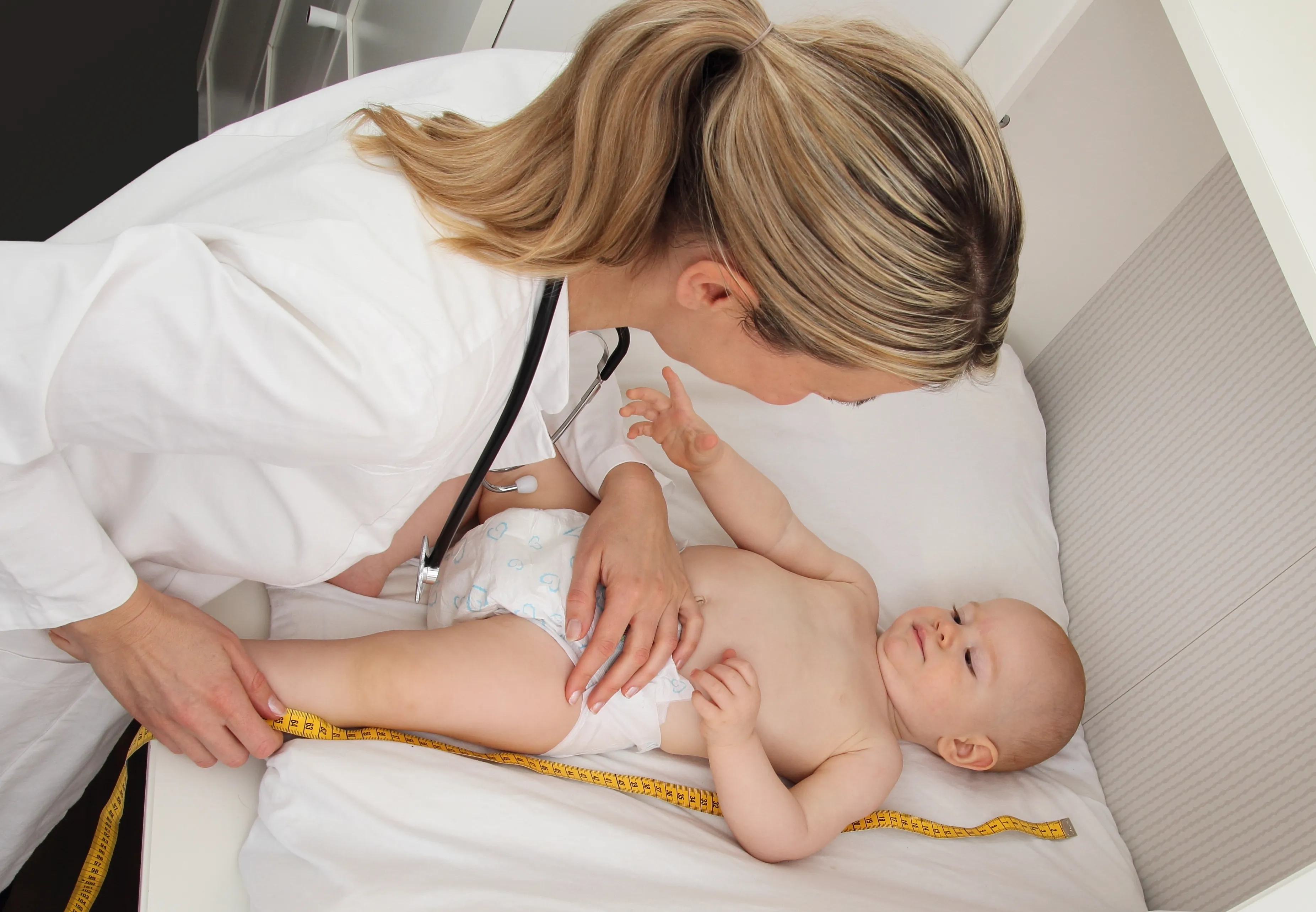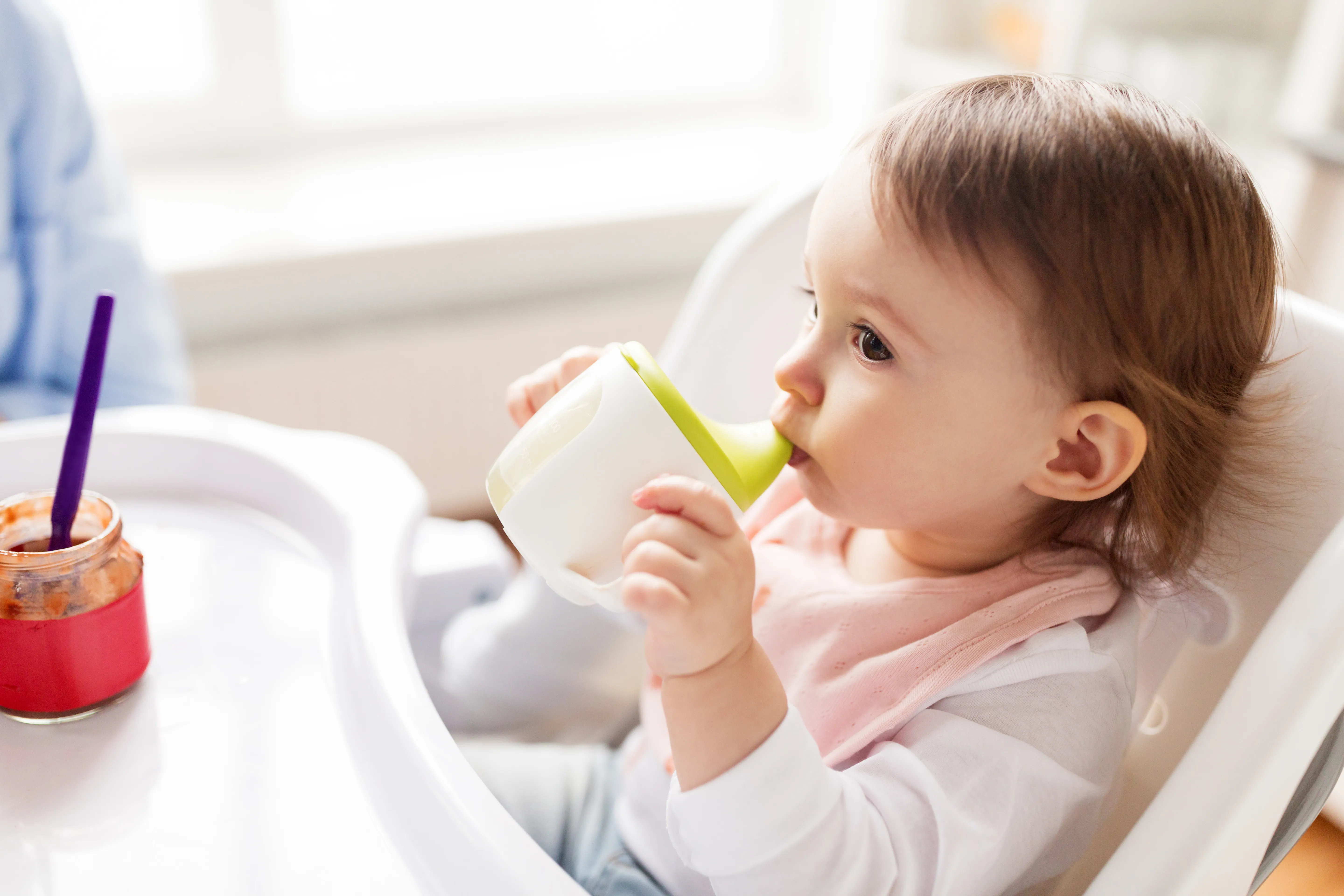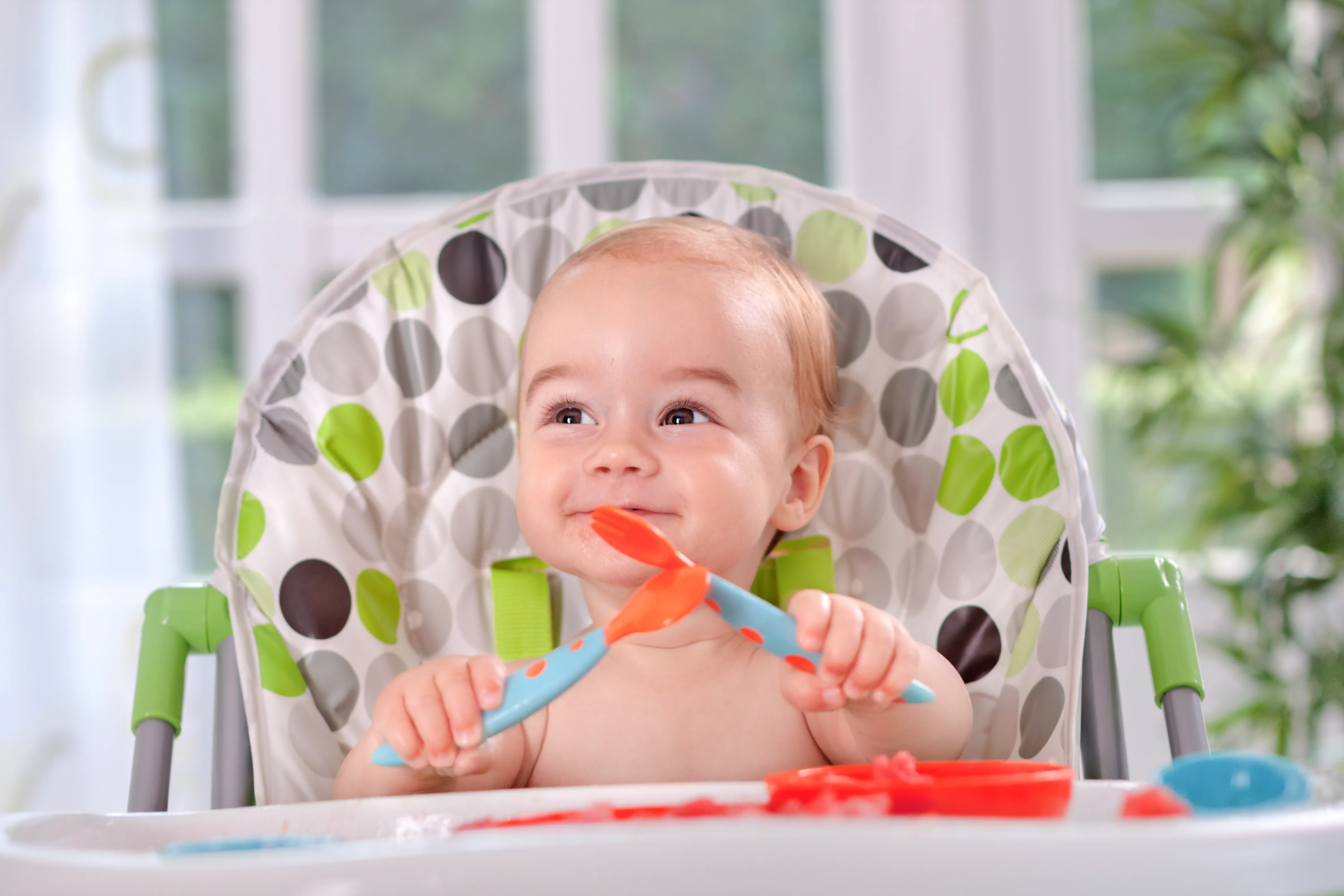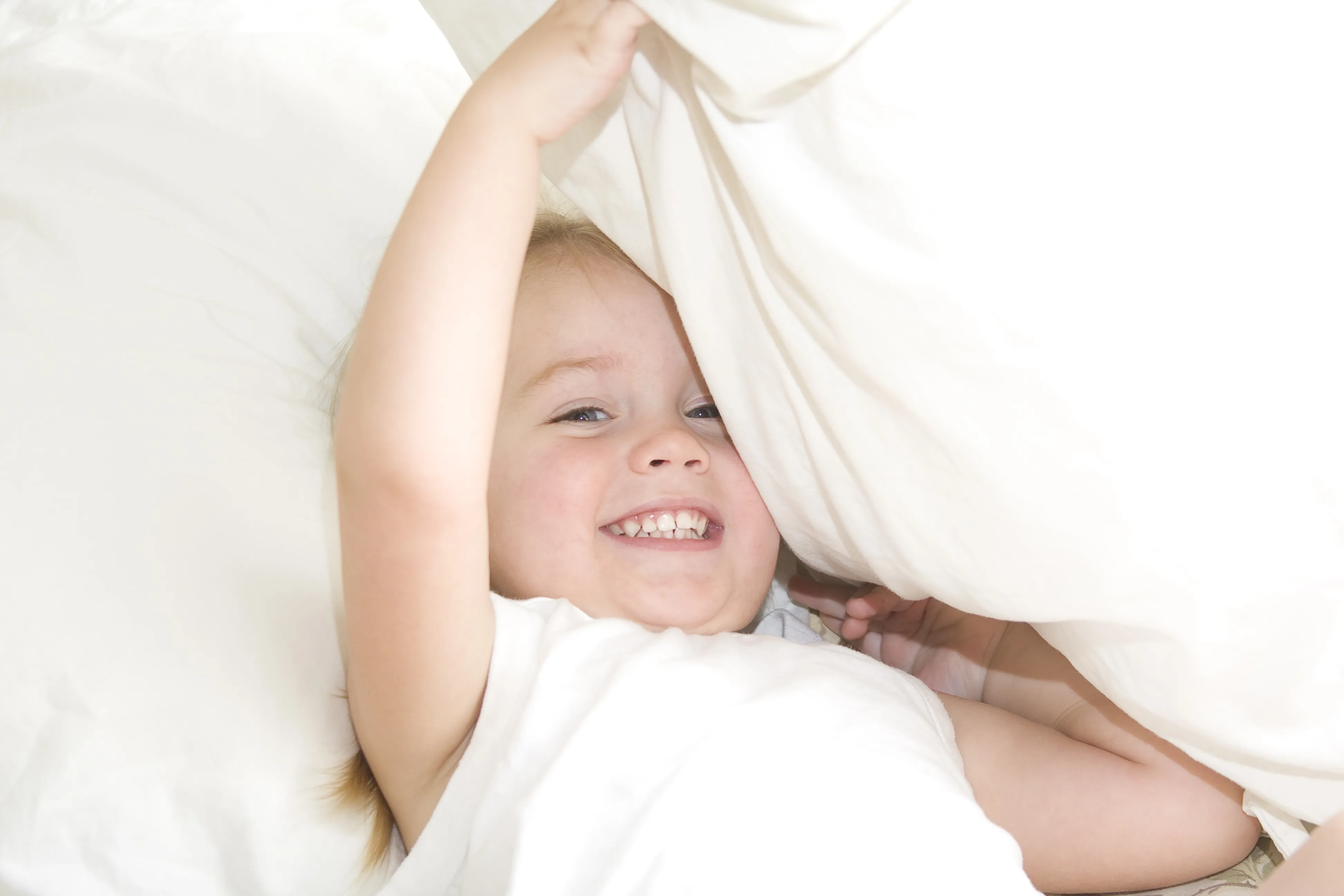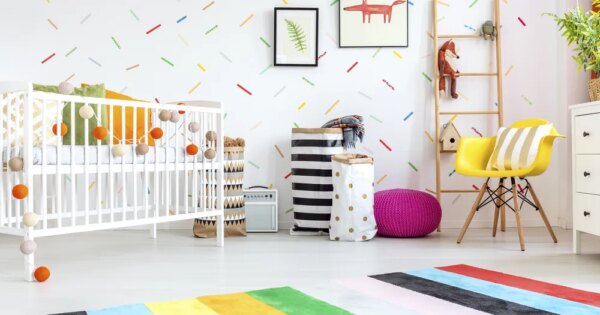Happy Birthday! Now that your baby has reached their first birthday, you can (almost) stop counting their age in months. By the time your child is one year old, it will feel like he or she is truly a proper little person, not just a baby. What a difference a year makes! Think back to when your baby was just a helpless little thing who needed you for everything. This is all about to change. Walking, talking, and overall physical and mental developments are about to kick in during the next few months. Grab your camera because you’ll want to record some of these priceless memories. Here are 12 things you should know about your baby’s development at twelve months. What a milestone!
12. Walking
There’s a reason they’re called toddlers! By this age, some babies will be walking, while others will be coming pretty close. Cruising, toddling around and generally getting from place to place on their own is what being one is all about. Try to encourage your child to move solo, though obviously lend a helping hand whenever needed. This is a good time to childproof your home because even if your child isn’t getting far, that’s all about to change.
11. Standing
Many babies have stood up in their cribs by grabbing onto the bars or railings and hoisting themselves up. But by the age of 12 months, kids are starting to rise up on their own without help from people – or furniture. Be sure to praise them for their efforts so they can get used to standing alone. Some kids will find it easy to rise up, but more challenging to get back down. Don’t fret, they’ll figure it out soon enough.
10. Exploring
One-year olds like to explore. They are increasingly on the move, and even like to see cause and effects. For example, some will drop things on the floor just to see what happens. Repeatedly. They are not trying to aggravate you, they’re simply exploring. They like to examine different textures and sounds. Ensure your home is ready for safe exploration and provide plenty of stimulus for your baby to check out.
9. Fine Motor Skills
By the age of 12-months, your child will probably have mastered the pincer grip between the thumb and forefinger. They will be able to pick up smaller objects such as a raisin or a pea. Let them take the lead by turning the pages in a book. Some will even grip a crayon and begin scribbling. Containers – and their lids – are a favorite for toddlers this age to open and close. Resist the urge to do it for them.
8. Communication
Despite having a somewhat limited vocabulary, your one-year-old is building their word repertoire by the day. Aside from mama, dada or uh-oh, some children this age are beginning to use their language. Quite often it’s their own babbling language, but it’s language nonetheless. If you give your child simple instructions, most will be able to understand them. Many toddlers will be pointing to objects that they want. Engage with your child by reading and in conversations to help expose them to a variety of words and sounds.
7. Size
It’s likely that your one-year-old has tripled in weight since their birth. Most have also grown by 50% in length. After a year of super rapid physical development and growth spurts, the rate of growth will now slow down somewhat, especially because their activity will now increase. Even their brain has grown in size, as well as capacity, and is now 60% of its adult size. At your one-year annual check-up, your pediatrician will address any concerns you may have regarding growth and size.
6. Sleeping
By around the one-year mark, some babies will start resisting the daytime naps. They will start sleeping less during the day and, hopefully, longer at night. The first nap to go is generally the morning nap, although many kids still need to have a rest in the afternoon. This is often a challenging time in the sleep department because one nap isn’t always enough, and yet two naps are too many. When your toddler gets around 11 hours of sleep each night you will be able to transition the napping times.
5. Drinking
Each parent should decide when to make the transition from breast milk or formula to full-fat milk. This often happens around this milestone (if not sooner). Toddlers will form attachments to objects over the next few months, so now is a good time to consider weaning yours off of the bottle and on to the sippy cup. Take a gradual approach when getting rid of the bottle. Try replacing some bottles with cups, and ditching other altogether. The styles, shapes and designs of cups are vast. Find some that your child likes. There’s something for everyone.
4. Feeding
This is the age when your baby will start to eat more table foods. You can also safely give your child honey. Now is the time to shape your toddlers healthy food choices by introducing fresh vegetables and fruits. Try to choose a variety of textures, flavors and colors to develop your child’s palate. Don’t give up if they seem to dislike certain foods, just keep trying out new things. Be very careful to avoid choking hazards such as uncut grapes, hot dogs, or popcorn.
3. Self-Help
With their newly developed fine and gross motor skills, many toddlers should try helping themselves. This can mean grabbing their own bib when it’s time to eat, or using a spoon on their own. Now that they are learning to hold a utensils, mealtimes may be a lot more exciting – for them. They’ll definitely be a lot messier – for you. They can also help to put away their books and toys. It may not be as neat as you like it, but it’s a great time to get them involved. The earlier the better!
2. Playing
As your child develops their motor skills, the games and toys they enjoy will change. Make time for both indoor and outdoor play. Some children will enjoy playing pee-a-boo or pat-a-cake with you, while others will be into more boisterous play, like chasing or being chased. Join them outdoors to explore the sights, sounds and smells of nature. Open-ended toys like wooden blocks can encourage kids to use their imagination and creativity to build, or pretend the blocks are other objects.
1. Behavior
Shyness is quite normal at this age and stage. Some children may be quiet or even timid, while others may start to experience separation anxiety. It is completely normal for your toddler to be nervous about being apart from those he knows. Parents can help by having a routine, and sticking with it. Try not prolong goodbyes, or to sneak away when your child isn’t looking. Always be sure to say goodbye, even if it means tears. They will eventually stop. This is also a time where kids begin to understand empathy. They may express sadness when they that someone is sad.

